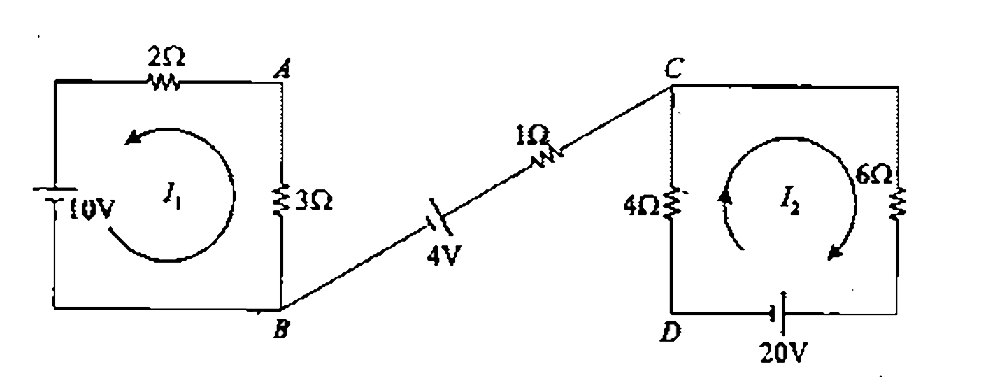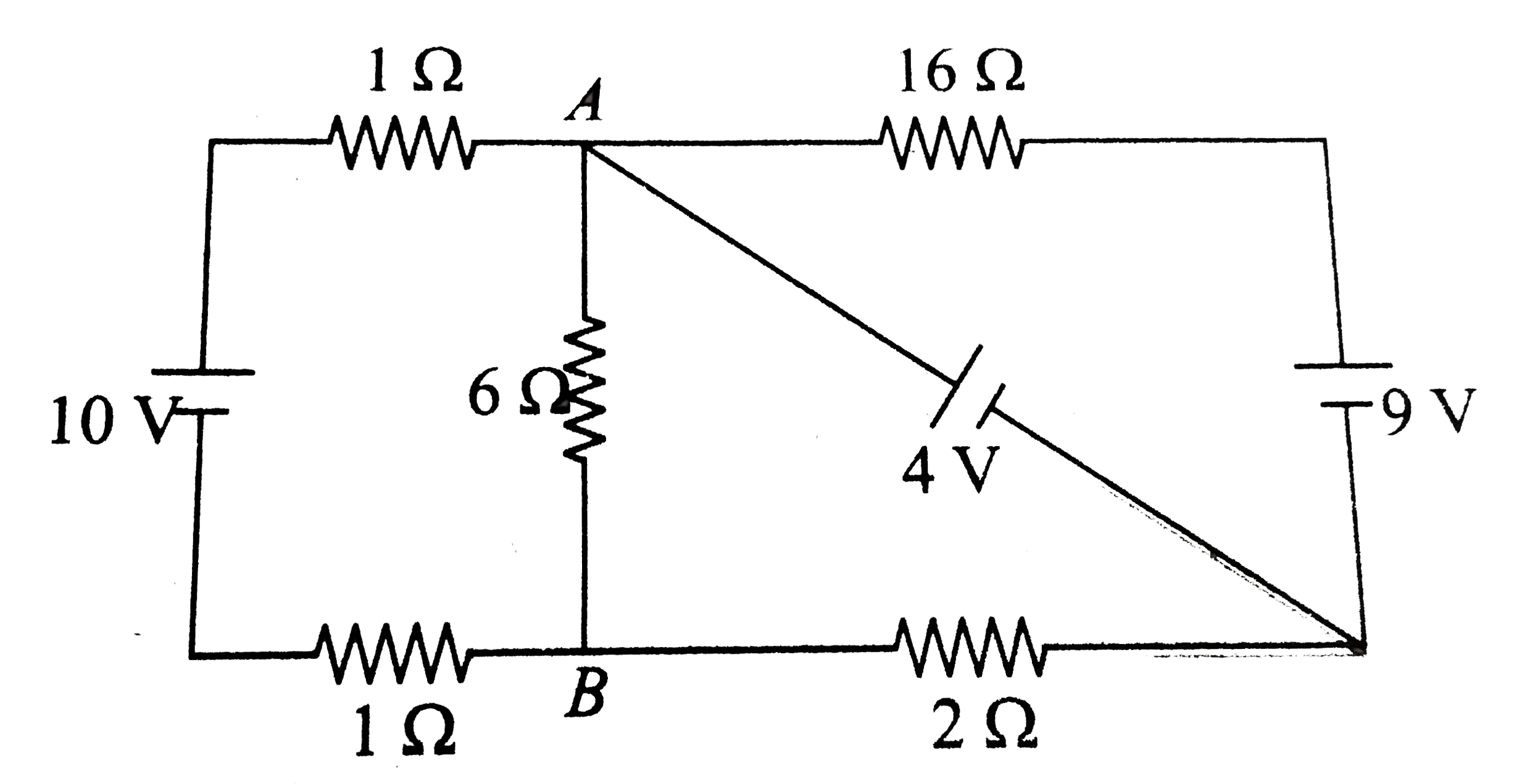In the part of a circuit shown in fig. 5.266, the potential difference between points G and H will be
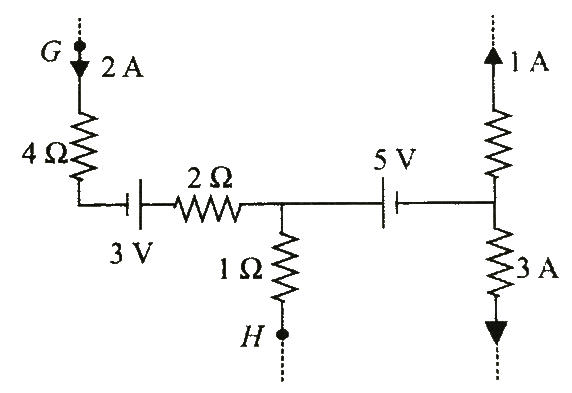
A
0 V
B
15 V
C
7 V
D
3 V
Video Solution
Text Solution
The correct Answer is:C
Current through resistance will be 2 A in the upward
direction
|
Topper's Solved these Questions
- ELECTRIC CURRENT AND CIRCUITBook:CENGAGE PHYSICSChapter:ELECTRIC CURRENT AND CIRCUITExercise:Multiple Correct
Explore 16 Videos
- ELECTRIC CURRENT AND CIRCUITBook:CENGAGE PHYSICSChapter:ELECTRIC CURRENT AND CIRCUITExercise:Comprehension
Explore 35 Videos
- ELECTRIC CURRENT AND CIRCUITBook:CENGAGE PHYSICSChapter:ELECTRIC CURRENT AND CIRCUITExercise:Subjective
Explore 29 Videos
- ELECTRIC CURRENT & CIRCUITSBook:CENGAGE PHYSICSChapter:ELECTRIC CURRENT & CIRCUITSExercise:Kirchhoff s law and simple circuits
Explore 15 Videos
- ELECTRIC FLUX AND GAUSS LAWBook:CENGAGE PHYSICSChapter:ELECTRIC FLUX AND GAUSS LAWExercise:MCQ s
Explore 38 Videos
Similar Questions
Knowledge Check
In the part of a circuit shown in figure, the potential different
(VG−VH) between points G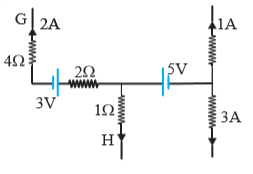 A0VB15VC21VD3V
A0VB15VC21VD3VThe potential difference (VA−VB) between the point A and B in the given figure is
 A+6VB+9VC−3VD+3V
A+6VB+9VC−3VD+3VThe potential difference (VA−VB) between the point A and B as shown in the figure is
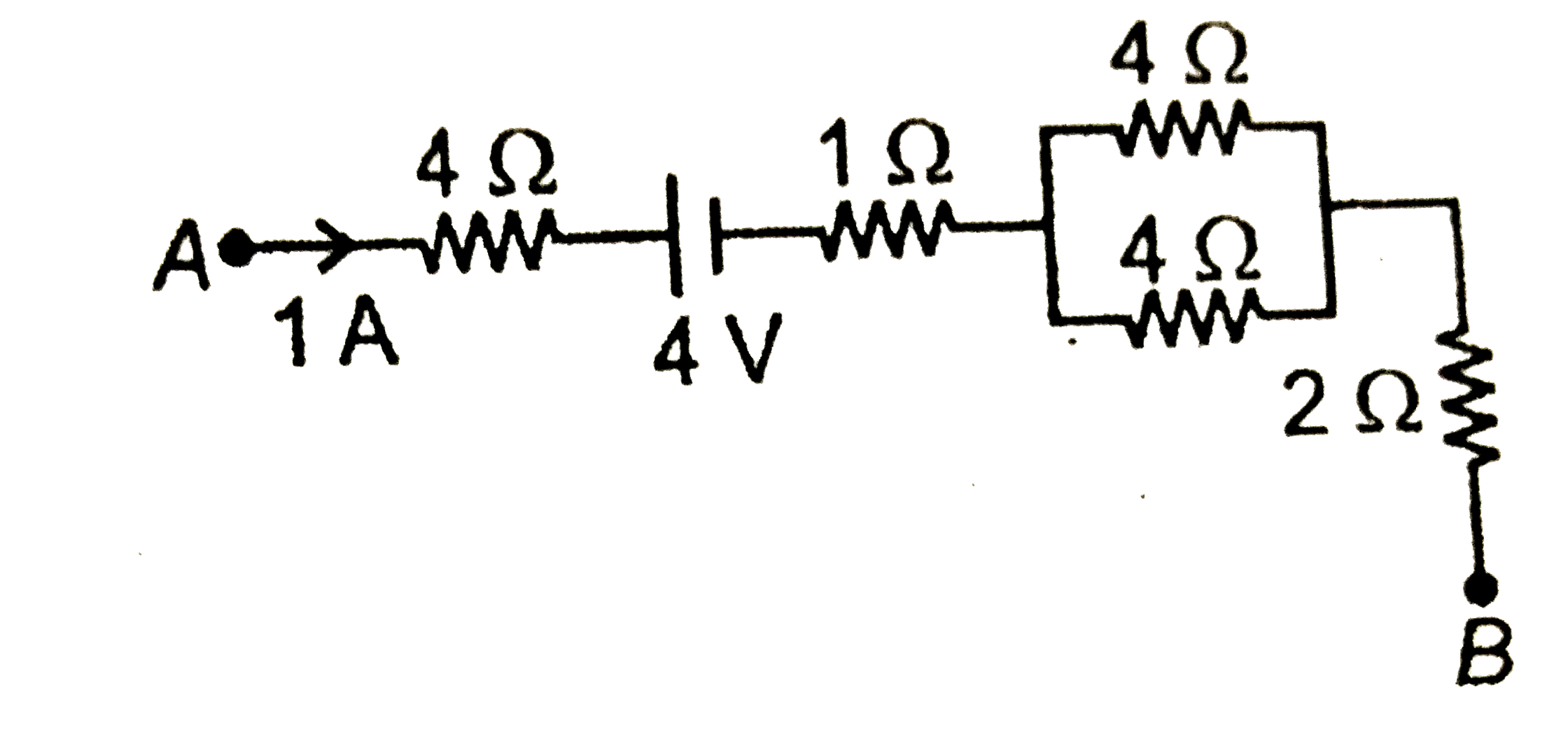 A9VB8VC15VD13V
A9VB8VC15VD13V
In the circuit shown , what is the potential difference VPQ?
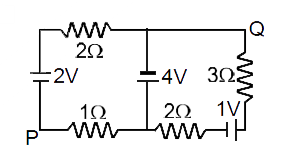
View SolutionThe potential difference (VA−VB) between the point A and B in the given figure is :

View SolutionIn the part of a circuit branch shown in figure-5.304 the potential difference Vab at t=1s is:

View SolutionIn the circuit shown, what is the potential difference VPQ?
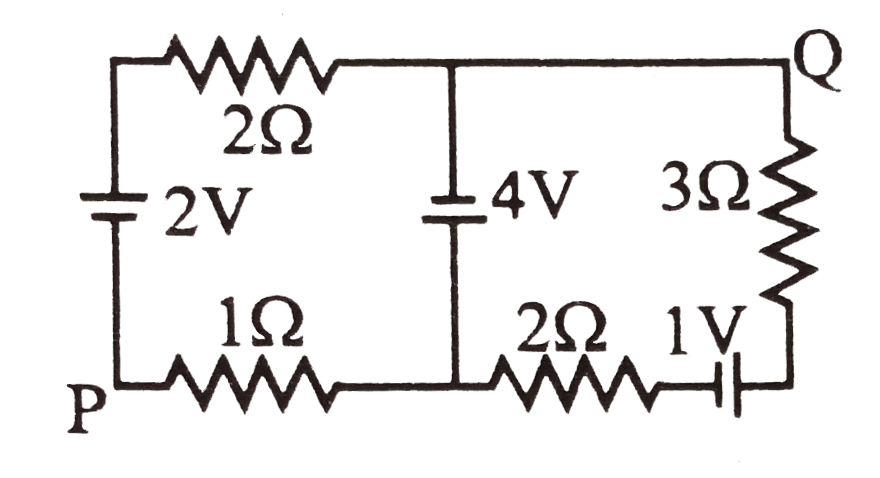
View SolutionThe potential difference (VA−VB) between the point A and B in the given figure is :

View Solution


